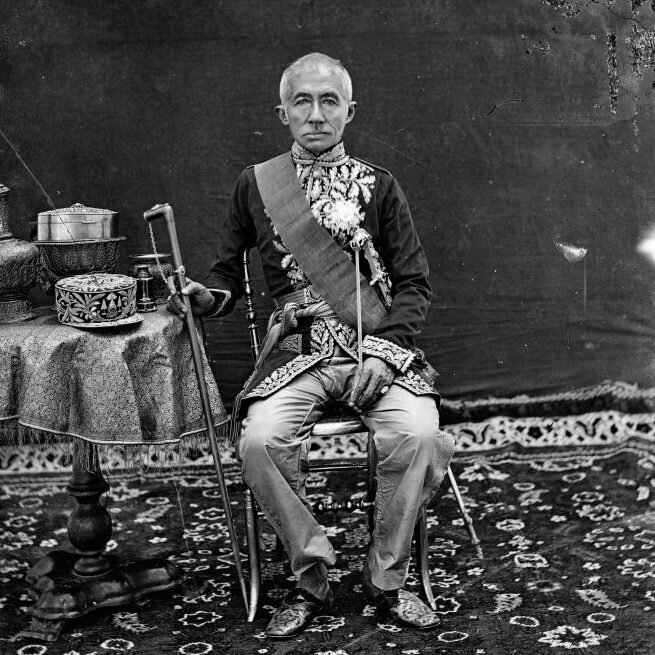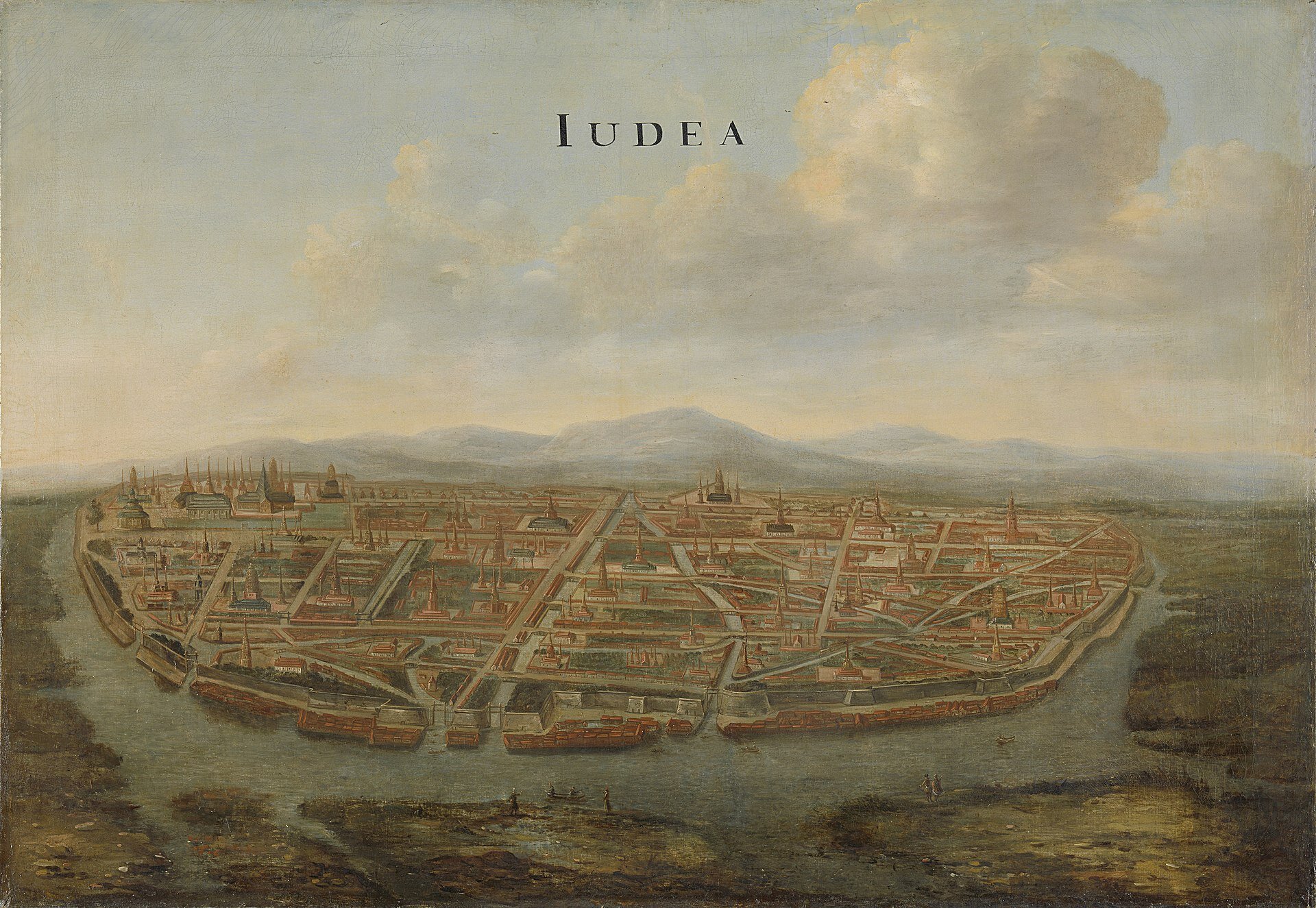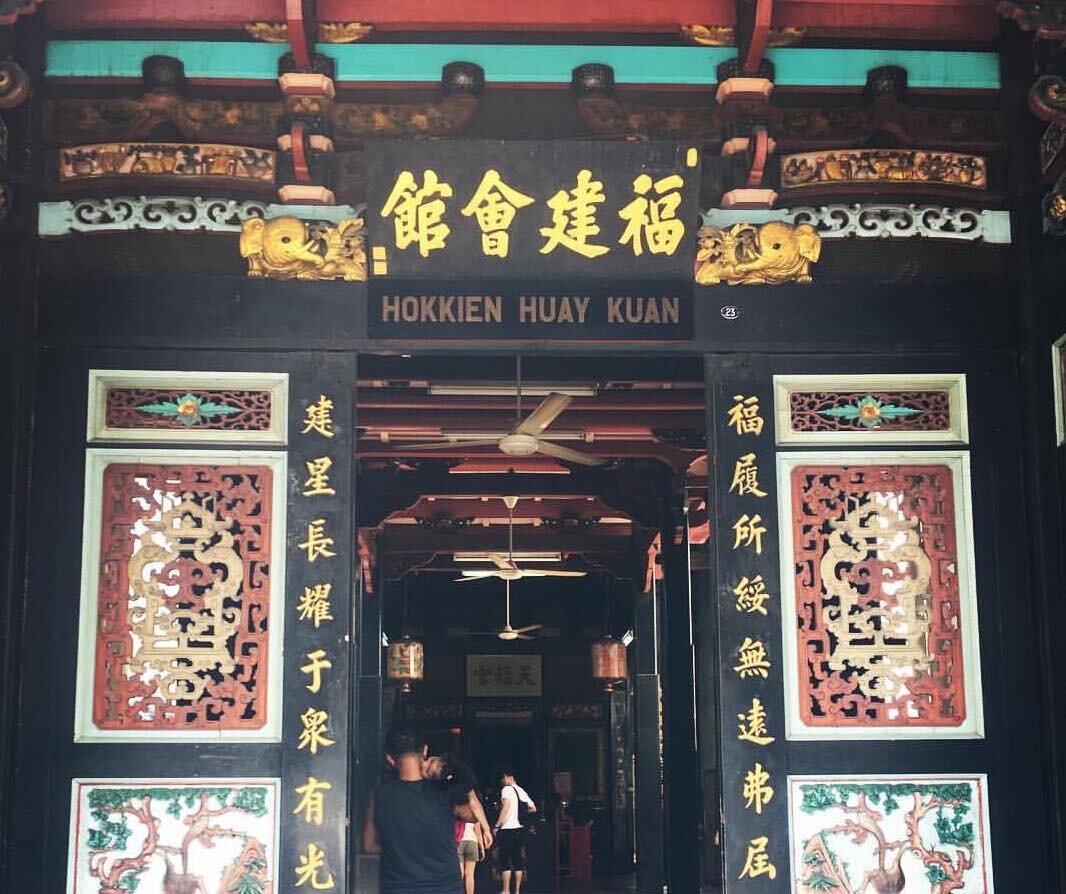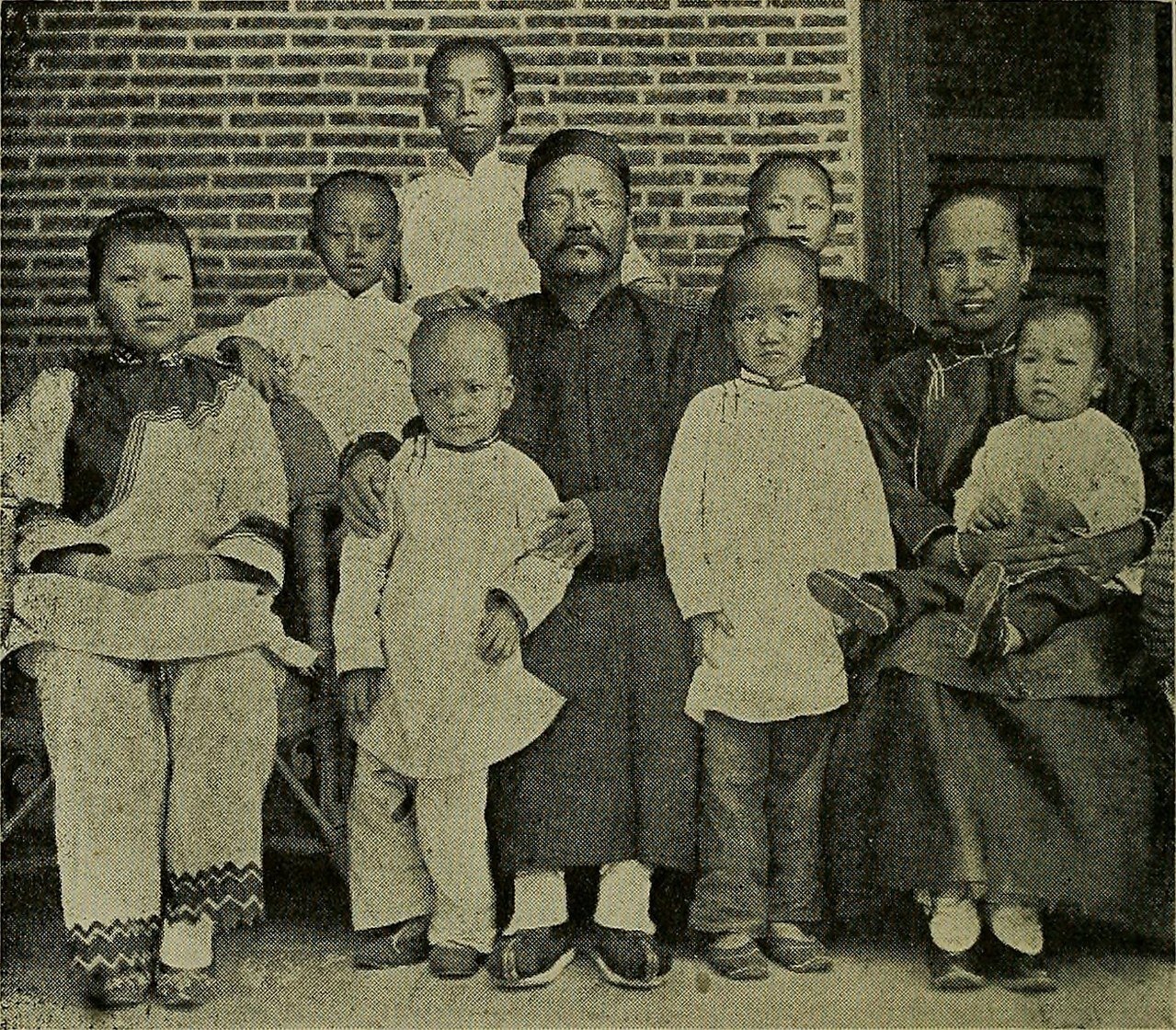Ep. 216 | The History of the Hokkien People (Part 1)
We’re back in ancient times once again, this time looking at the homeland of the Hokkien people. As we’ve done with other groups of Southern Chinese (Teochew, Toi San, Hakka) this time Laszlo provides a broad overview of the people from the south of Fujian Province, the Hokkien or Hoklo people.
Before we get into the Qing era diaspora, Laszlo focuses on how Fujian developed from a land populated by Yuè people to a part of Han Dynasty China with a focus on the Minyue Kingdom.
Listen On Your Favorite Podcast Player
Terms in Episode
| Pinyin/Term | Chinese | English/Meaning |
|---|---|---|
| Bǎiyuè | 百越 | The ancient Baiyue people of southern China |
| Chang’an | 长安 | The ancient capital of several early dynasties. Prwsent day Xian |
| Chánglè | 长乐 | A county-level city in Fuzhou |
| Cháoshàn | 潮汕 | The region comprising the cities of Chaozhou, Shantou and Jieyang |
| Chén Yuánguāng | 陈元光 | Son of Chen Zheng |
| Chén Zhèng | 陈正 | Tang dynasty general sent down to put Fujian province in order |
| Chǔ | 楚国 | The Chu State |
| Chǔ-Hàn Contention | 楚汉战争 | The final showdown between the two contenders: Liu Bang and Xiang Yu (206–202 BCE) |
| Dī | 氐 | Another nomadic people of the steppe |
| Dōngyuè | 东越 | A part of the re-formed Minyue Kingdom after the Han stepped in |
| Dōngyě | 东冶 | Eastern Ye |
| Empress Lǚ | 吕后 | Wife of Emperor Han Gaozu. 241-180 BCE. A real terror she was. |
| Fújiàn | 福建 | Coastal province east of Guangdong and south of Zhejiang |
| Fúqīng | 福清 | Another county-level city in Fuzhou |
| Fúzhōu | 福州 | Capital of Fujian province |
| Fúzhōu Rén | 福州人 | Fuzhounese |
| Fūchāi | 夫差王 | Pugnacious King of Wu State |
| Gāozǔ | 汉高祖 | The first and founding emperor of the Han Dynasty |
| Gōujiàn | 勾践王 | King of Yue State |
| Gǔtián | 古田 | A county in NIngde, Fujian |
| Hakka | 客家 | The Hakka People. Hakka means Guest People. |
| Hokchiu | 福州 | Fuzhou or Fuzhou people |
| Hokkien | 福建 | The people of southern Fujian, mostly from Quanzhou, Zhangzhou and Xiamen |
| Hoklo | 福佬,河洛,鹤佬,学老,学佬. | People from Fujian, more specifically from Southern Fujian |
| Huángcháo Rebellion | 黄巢起义 | A peasant uprising that ran 875-884 led by someone named Huang Chao |
| Huáxià | 华夏 | An ancient name for China |
| Jiànzhōu | 建州 | Ancient capital from which Fujian gets the "Jian" |
| Jié | 羯 | Another nomadic people of the steppe |
| Jìn Dynasty | 晋朝 | Chinese Imperial Dynasty. Ran from 265-420 including Western and Eastern Jin |
| jùn | 郡 | A commandery (like a fort) |
| Kāi Zhāng Shèng wáng | 開漳聖王 | The Sage Ruler of Zhāngzhōu |
| Kāifēng | 开封 | Capital of the Northern Song dynasty, located on the Yellow River in Henan |
| Lim (Lín) | 林 | One of four surnames of noble families who migrated from north to the south of China |
| Liú Bāng | 刘邦 | The founder of the Han Dynasty |
| Lü Bǚwéi | 吕不韦 | 3rd century BCE insider to the Qin Court |
| Lǐngnán | 岭南 | Region of Southern China |
| Lǚshì Chūnqiū | 吕氏春秋 | The Annals of Master Lü, 3rd Century BCE classic written by Master Lü Buwei. |
| Mǎzǔ Islands | 马祖岛 | Islands off the coast of Fujian |
| Mǐn | 闽 | An abbreviation for Fujian |
| Mǐnhóu County | 闽侯县 | County adjacent to Fuzhou |
| Mǐnnán | 闽南 | The term to describe the culture, language, food of southern Fujian, namely the areas in and around Xiamen, Zhangzhou, Quanzhou |
| Mǐnyuè | 闽越 | The ancient Yue people who lived in and around Fujian Province |
| Ng (Huáng) | 黃 | One of four surnames of noble families who migrated from north to the south of China |
| Nánpíng | 南平 | Another prefecture-level city in Fujian |
| Níngdé | 宁德 | A prefecture-level city in Fujian |
| Qiāng | 羌 | Another nomadic people of the steppe |
| Quánzhōu | 泉州 | Also called Zayton by Marco Polo |
| Qín Shǐhuáng | 秦始皇 | The First Emperor of China |
| Shèng Wáng Miào | 圣王庙 | Temples that honor the memory of Chen Yuanguang |
| Sīmǎ Qiān | 司马迁 | China's Grand Historian, 145-86 BCE |
| Tan (Chén) | 陈 | One of four surnames of noble families who migrated from north to the south of China |
| Teh (Zhèng) | 郑 | One of four surnames of noble families who migrated from north to the south of China |
| Teochew | 潮州 | The people who trace their roots back to the Chaoshan region of easternmost Guangdong |
| Táng Gāozōng | 唐高宗 | The third Tang emperor, reigned 649-683 |
| Wáng Mǎng | 王莽 | Usurped power from the Han emperor and reigned from 9-23CE and lived from 45 BCE to 23CE |
| Wú State | 吴国 | The Wu State |
| Wú Tàibó | 吴泰伯 | Legendary founder of Wu State during the Zhou Dynasty |
| Wǔ Hú | 五胡 | The Five Barbarian Tribes (See below) |
| Wǔ Zétiān | 武则天 | First and only empress of China to rule in her own name. Reigned 690-705 and lived from 624-705 |
| Wǔhú Luàn Huá | 五胡乱华 | The period when the Five Barbarians ran roughshod over north China, 304-316 |
| Wǔyíshān | 武夷山 | Near Nanping, beautiful and ancient city with great tea |
| Xiàmén | 厦门 | Major port city in Fujian, also known as Amoy |
| Xiānbēi | 鲜卑 | Another nomadic people of the steppe |
| Xiōngnú | 匈奴 | A nomadic people usually referred to as Huns |
| Yě | 冶 | Ancient Minyue capital |
| Yī Guān Nán Dù | 衣冠南渡 | ”well dressed who crossed the river and moved south”, these 4th century people who ran from Northern China |
| Zhào Mò | 赵眜 | Son of Zhao Tuo, second king of Nanyue |
| Zhào Tuó | 赵陀 | Qin military leader and later founder of the Nanyue Kingdom |
| Zhèng Hé | 郑和 | The famous Ming Dynasty admiral, diplomat and explorer who lived 1371 to 1433 |
| Zhāngzhōu | 漳州 | Prefecture level city in southern Fujian |
| Ān Lùshān | 安禄山 | Lived 703-757, launched a rebellion from 755-763 that spelled the beginning of the end of the Tang Dynasty |














With Field Marshal Phibun in charge in Bangkok, the flames of Thai nationalism are being furiously fanned and the ethnic Chinese inhabitants of Siam are feeling the heat.